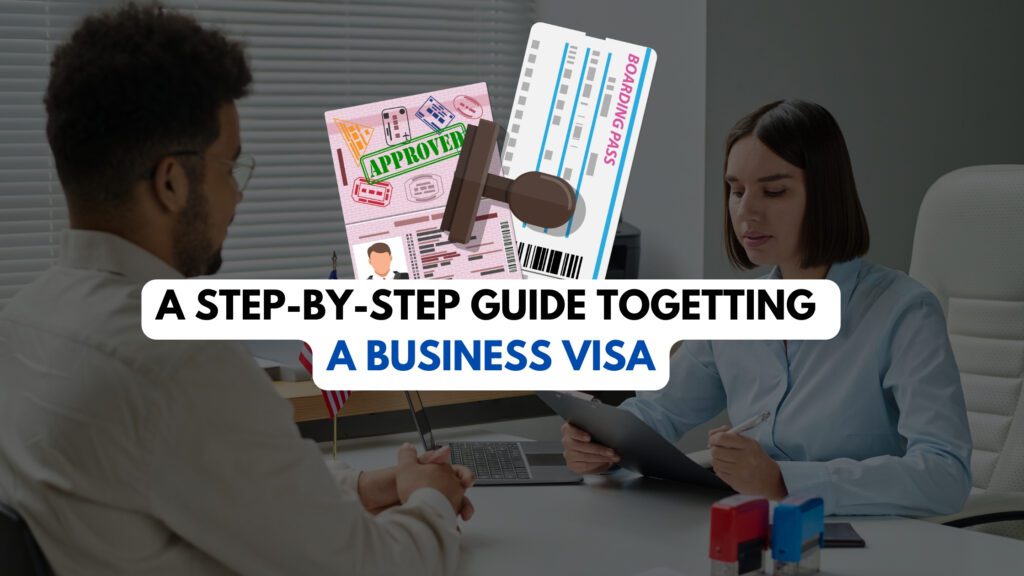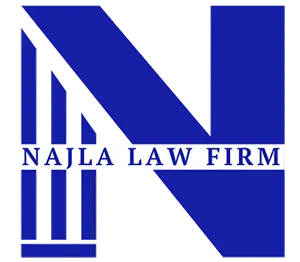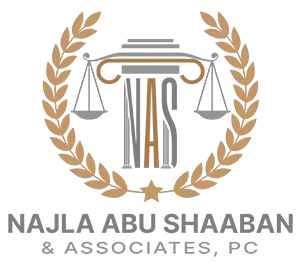Navigating the business visa application process can be intricate and overwhelming. As an experienced immigration lawyer, I’ve guided numerous clients through the complexities of obtaining a business visa. Whether you’re an entrepreneur looking to expand your operations to the U.S. or a business professional attending meetings and conferences, understanding the steps involved in securing a business visa is crucial. This guide will walk you through the process, ensuring you have a clear path to follow.

Step 1: Determine the Appropriate Visa Category
The first step in the process is identifying the correct visa category for your business activities. The most common business visas include:
- B-1 Visa: For individuals traveling to the U.S. for short-term business activities, such as meetings, conferences, or contract negotiations.
- E-1 Visa: For treaty traders who conduct substantial trade between the U.S. and their home country.
- E-2 Visa: For treaty investors who invest a significant amount of capital in a U.S. business.
- L-1 Visa: For intracompany transferees who work in a managerial or executive position or have specialized knowledge and are being transferred to a U.S. office.
- H-1B Visa: For professionals in specialty occupations requiring at least a bachelor’s degree or equivalent.
Each visa category has specific requirements and conditions, so it’s essential to choose the one that best fits your business needs.
Step 2: Gather Required Documentation
Once you’ve determined the appropriate visa category, the next step is to gather all necessary documentation. This typically includes:
- Valid Passport: Ensure your passport is valid for at least six months beyond your intended stay in the U.S.
- Visa Application Form (DS-160): Complete the DS-160 form online and print the confirmation page.
- Photograph: Provide a recent passport-sized photograph that meets the U.S. visa photo requirements.
- Supporting Documents: Depending on the visa category, this may include a letter from your employer, proof of business activities, evidence of trade or investment, and any other relevant documents.
For example, if you’re applying for a B-1 visa, you might need an invitation letter from a U.S. business partner, details of your business trip, and evidence of your ties to your home country.
Step 3: Pay the Visa Application Fee
After gathering the required documents, you need to pay the non-refundable visa application fee. The fee amount varies depending on the visa category. Ensure you keep the receipt as proof of payment, as you’ll need it for your visa interview.
Step 4: Schedule a Visa Interview
Next, schedule a visa interview at the U.S. Embassy or Consulate in your home country. The wait time for an interview appointment can vary, so it’s advisable to schedule it well in advance. During this step, you’ll need to provide the following information:
- Your passport number
- The date you paid the visa application fee
- The ten-digit barcode number from your DS-160 confirmation page
Step 5: Prepare for the Visa Interview
Preparation is key to a successful visa interview. Here are some tips to help you prepare:
- Understand Your Application: Be familiar with the details of your application and the purpose of your trip.
- Organize Your Documents: Arrange all required documents neatly and in the order you may need them during the interview.
- Practice Common Questions: Be prepared to answer questions about your business activities, your role in the company, your ties to your home country, and your plans while in the U.S.
Remember, the visa interview is your opportunity to convince the consular officer of the legitimacy of your business trip and your intention to return to your home country after your visit.
Step 6: Attend the Visa Interview
On the day of your interview, arrive at the U.S. Embassy or Consulate early. Bring all your documents, including your passport, DS-160 confirmation page, visa application fee receipt, and supporting documents. During the interview, answer all questions honestly and confidently.
Step 7: Await Visa Processing
After your interview, your application will undergo processing. The processing time can vary based on the visa category and the specifics of your case. In some instances, additional administrative processing may be required, which can extend the wait time.
Step 8: Receive Your Visa
If your visa application is approved, you will be notified when and how you can collect your passport with the visa stamp. Ensure that all information on the visa is correct and matches your passport details.
Step 9: Prepare for Your Trip
Once you have your visa, you can start preparing for your trip to the U.S. Ensure you have all necessary documents, including your visa, passport, and any other required paperwork for your business activities.

Conclusion
Securing a business visa requires careful planning and attention to detail. By following these steps and ensuring you have all necessary documentation, you can navigate the process more smoothly. As an experienced immigration lawyer, I’m here to provide guidance and support at every stage of your application. If you need assistance or have any questions about obtaining a business visa, don’t hesitate to contact Najla Law Firm. We’re dedicated to helping you achieve your business goals in the United States.
For more information about our services and to get in touch with our team, visit our website or call Najla Law Firm today. Let us be your trusted legal partner in your immigration journey.

